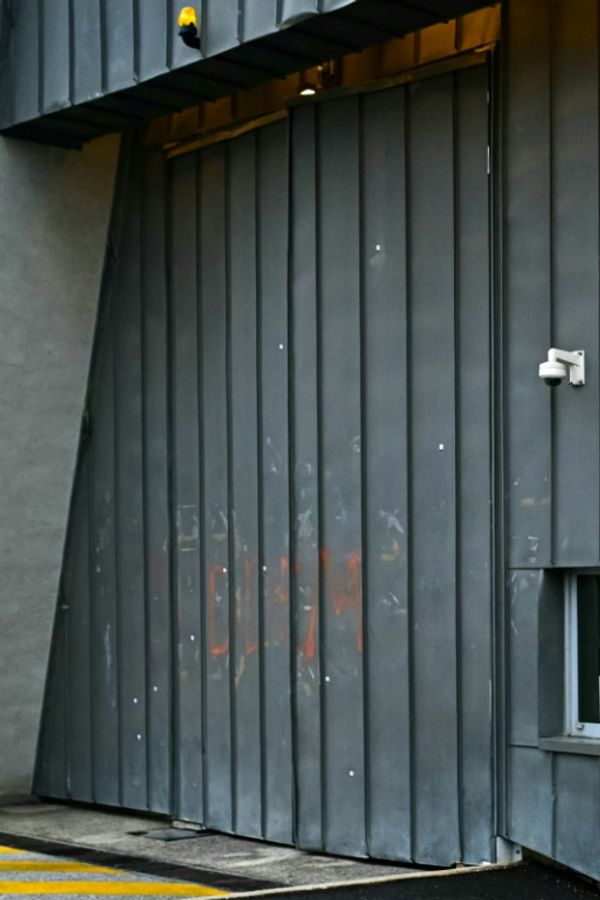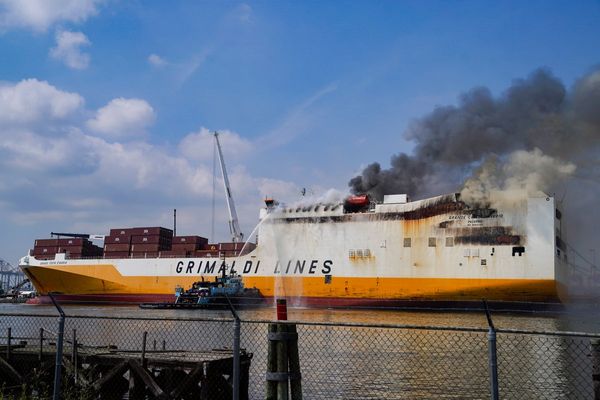On September 17, 1948, Hyderabad was integrated into the Union of India when Indian Army tanks rolled into the princely state and forced the Razakars, the private army of the Nizam, to lay down arms along with the Hyderabad Army. This event has become a divisive issue 75 years later thanks to a cinematic flourish being added to it. The poster of a movie called Razakar — Silent Genocide of Hyderabad, released in July, showed a young man with a religious tuft being impaled by a bayonet. The financier of the movie is a BJP leader. At the poster-release function, BJP leaders including Bandi Sanjay and former Maharashtra Governor Ch Vidyasagar Rao spoke about the Razakar terror. Mr. Bandi Sanjay noted that the movie was inspired by The Kashmir Files. The film has the potential to colour public opinion and also affect political calculations in Telangana.
After India became free on August 15, 1947, Nizam Osman Ali Khan refused to join either India or Pakistan contending that he gave equal importance to both communities. On June 9, 1948, the Razakar leader, Kasim Razvi, of the Majlis-e-Ittehadul Muslimeen, famously said that he would fly the Asaf Jahi dynasty flag from the battlements of the Red Fort. By then, the Razakars, who were mostly armed with muzzle loaders and sticks, had let loose a reign of terror backed by the Nizam’s police and district officials. According to one report, they were responsible for the murder of 880 people and the rape of about 1,125 women before August 1948. Two incidents of violence perpetrated by them particularly stand out. K.M. Munshi wrote in The End of an Era: Hyderabad Memories about how 200 people were murdered by the Razakars in Gorata B village in Basavakalyan in Karnataka. And in Bairanpalli village in Jangaon, 88 persons were shot dead after a five-day struggle at the village fortification. One of the most prominent victims of Razakar atrocities was journalist Shoebullah Khan of the Urdu newspaper Imroze. His arm was cut off and he was killed. It is thus a fact that the Razakars unleashed great terror, which led to Hyderabad’s merger with the Union of India. Many wealthy Hindu families had to leave Hyderabad for Madras, Vijayawada, Nagpur, and other areas of India. They returned only when peace was restored.
However, violence was not always along communal lines. Many Razakars were financed by landlords who were upper-caste Hindus. “Despite the Ittehad’s fanatical talk of Islam, both the Razakar raids in favour of the landlords (mostly Hindus) and the Sangham (the Communist, Andhra Mahasabha) resistances against them were surprisingly free from all religious articulations,” wrote Amit Kumar Gupta in The Agrarian Drama: The Leftists and the Rural Poor in India, 1934-1951. Communist ideologue P. Sundarayya wrote in the aftermath of Operation Polo, “There was not a single clash between the people’s squads and the forces of the Indian Army during this period.”
Accession of Hyderabad | 109 hours of battle of wits and weapons
To paint today the violence of a medieval feudal set-up as communal would be a misrepresentation of history. The Nizam wanted to stay independent and knew that 81.1% of the population in the region was Hindu. The complex narrative of the time can be gleaned from the fact that upper-caste Hindu landlords were the targets of the Telangana Armed Struggle. In his list of well-known peasant struggles, historian Inukonda Thirumali lists 34 instances between 1944 and 1946. Out of these, only two were against Muslims. In this context, the movie poster is provocative and indicates an attempt to sow seeds of discord before elections.







